Mythological Deities and Tales in Ancient Cultures
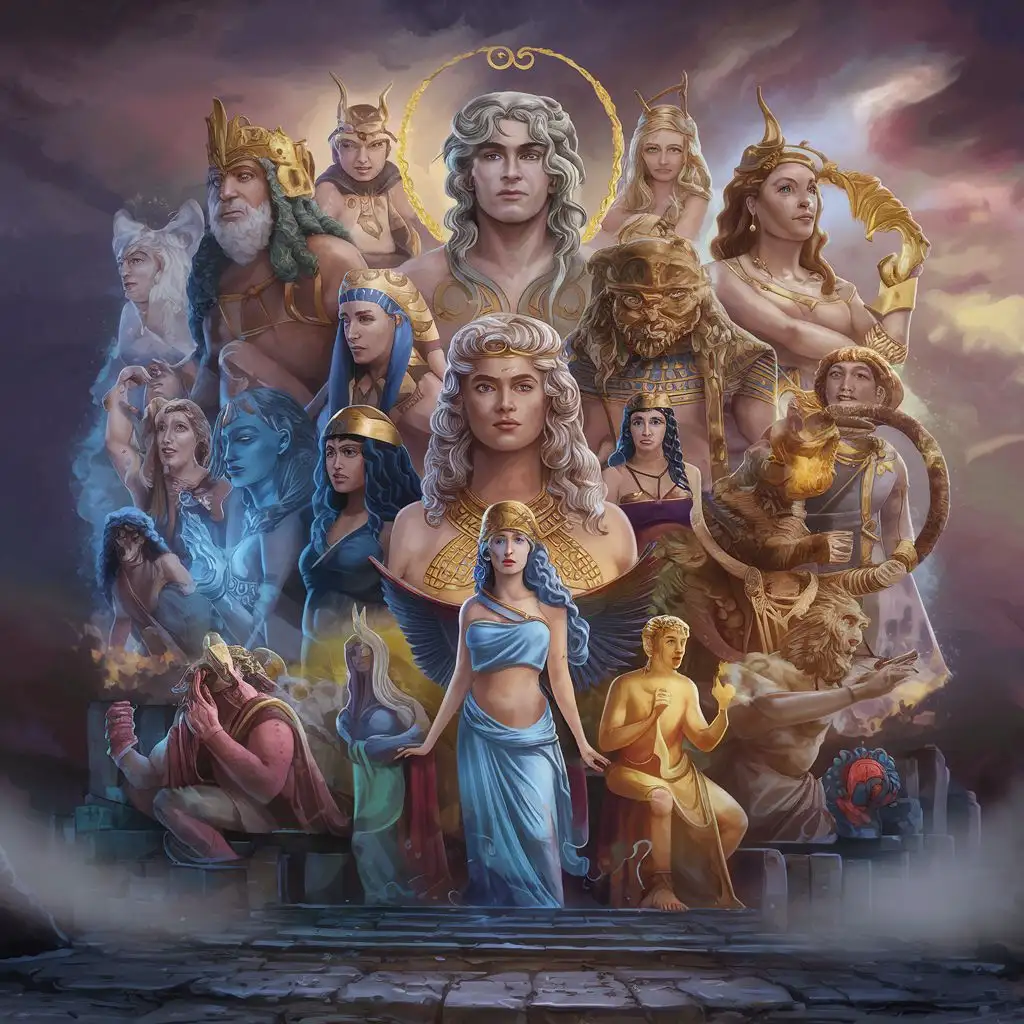
Image Prompt
Prompt
Dramatic illustrations of gods, goddesses, and mythological tales from Greek, Norse, Egyptian, and other ancient cultures.
Choose Model: visiCanvas
Aspect Ratio: 1:1
Generated by Stable Diffusion SDXL
Related AI Images
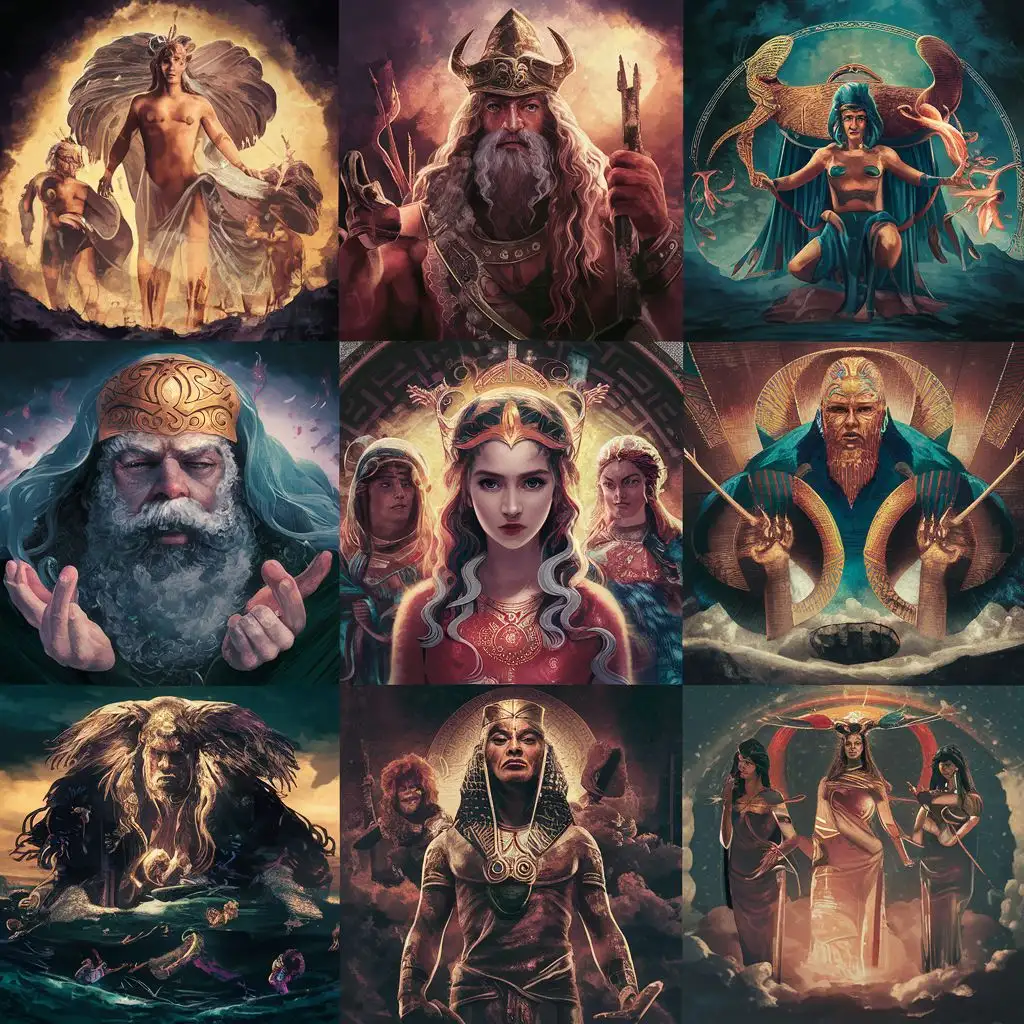
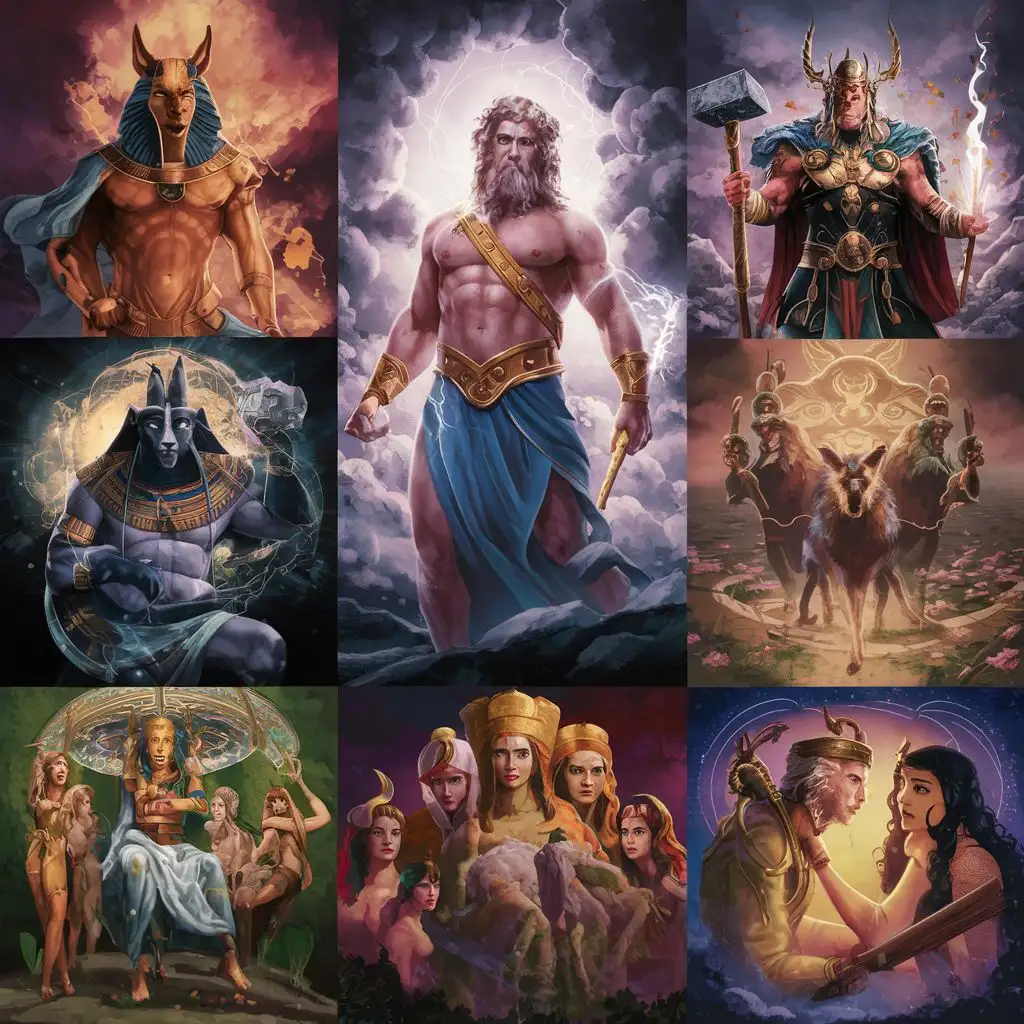
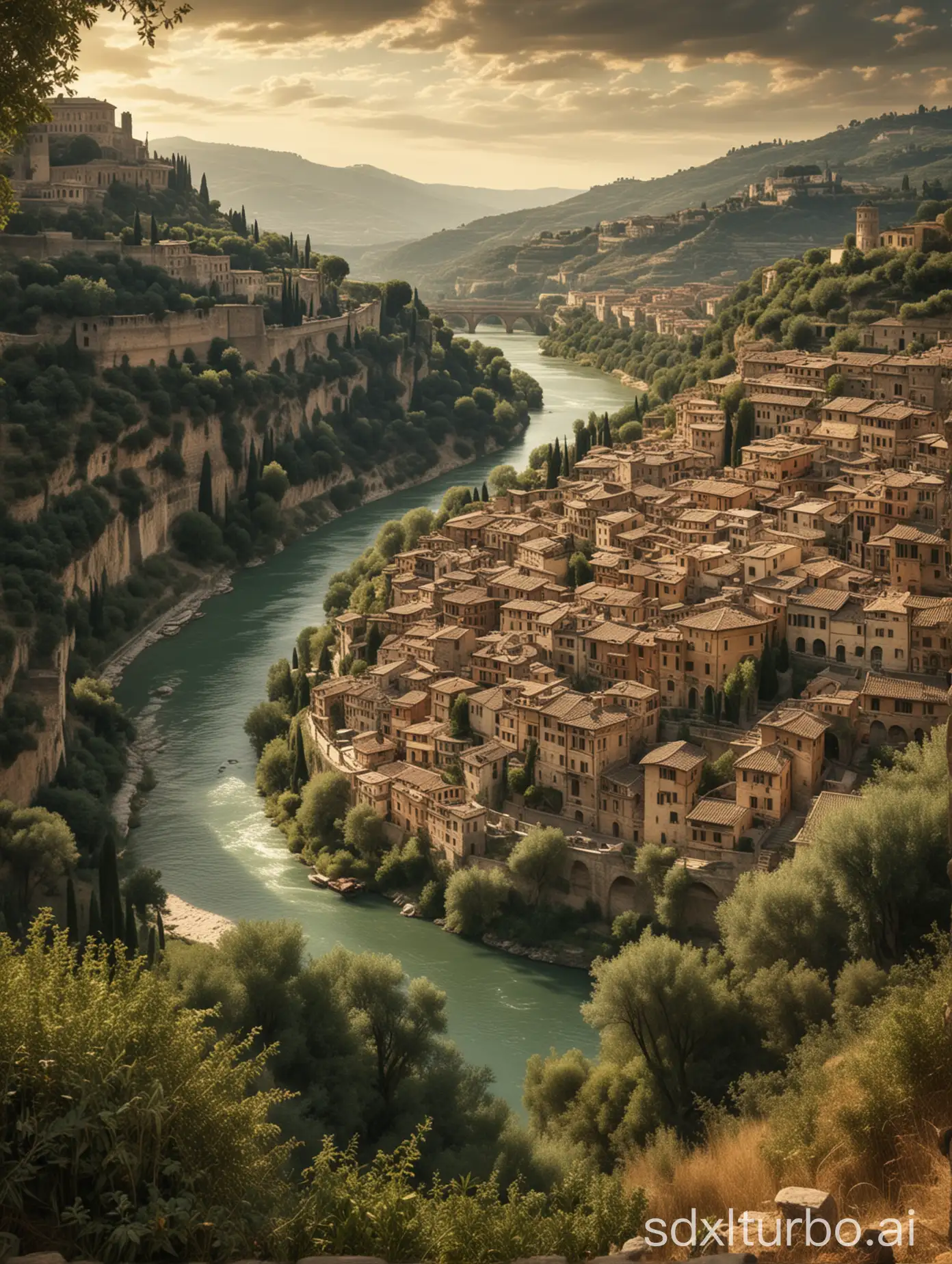
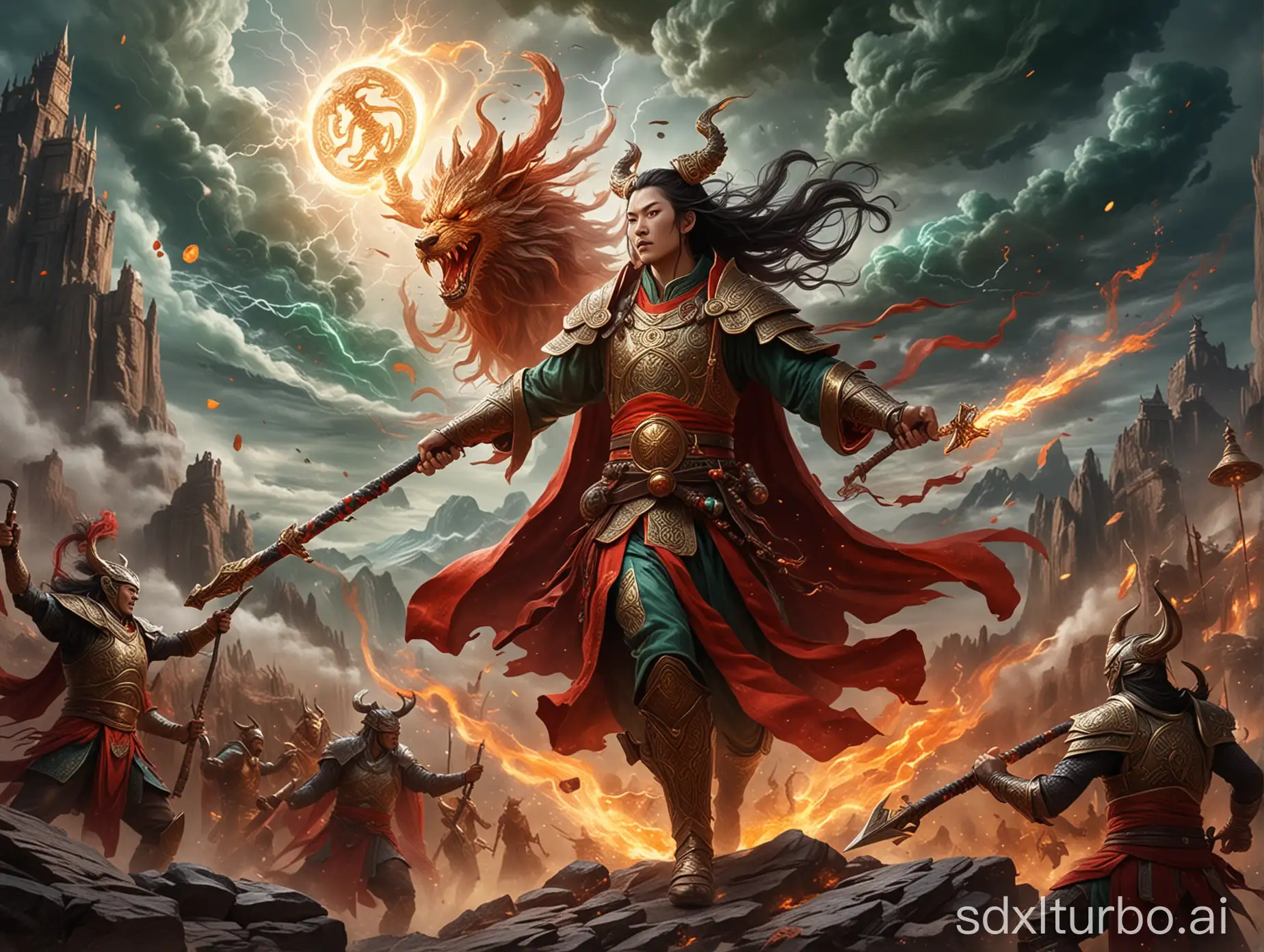

R
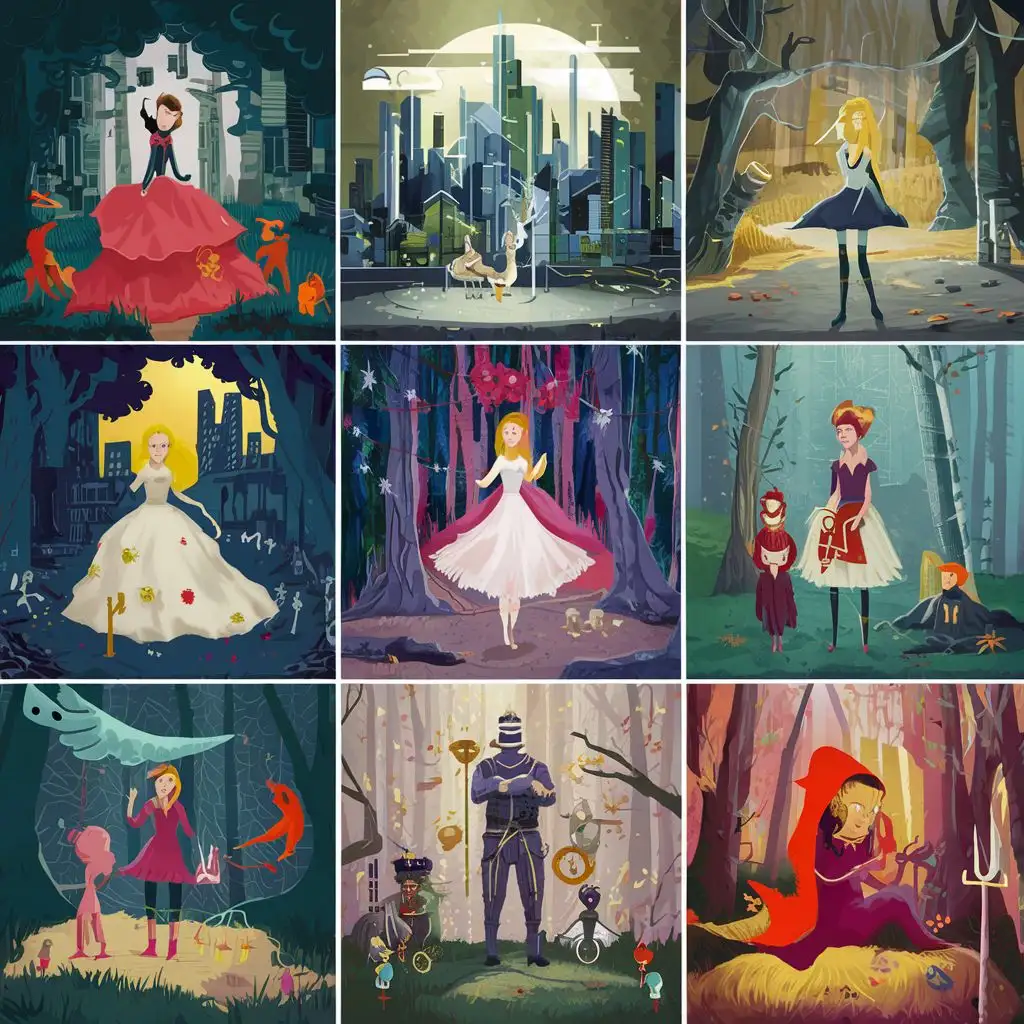
R
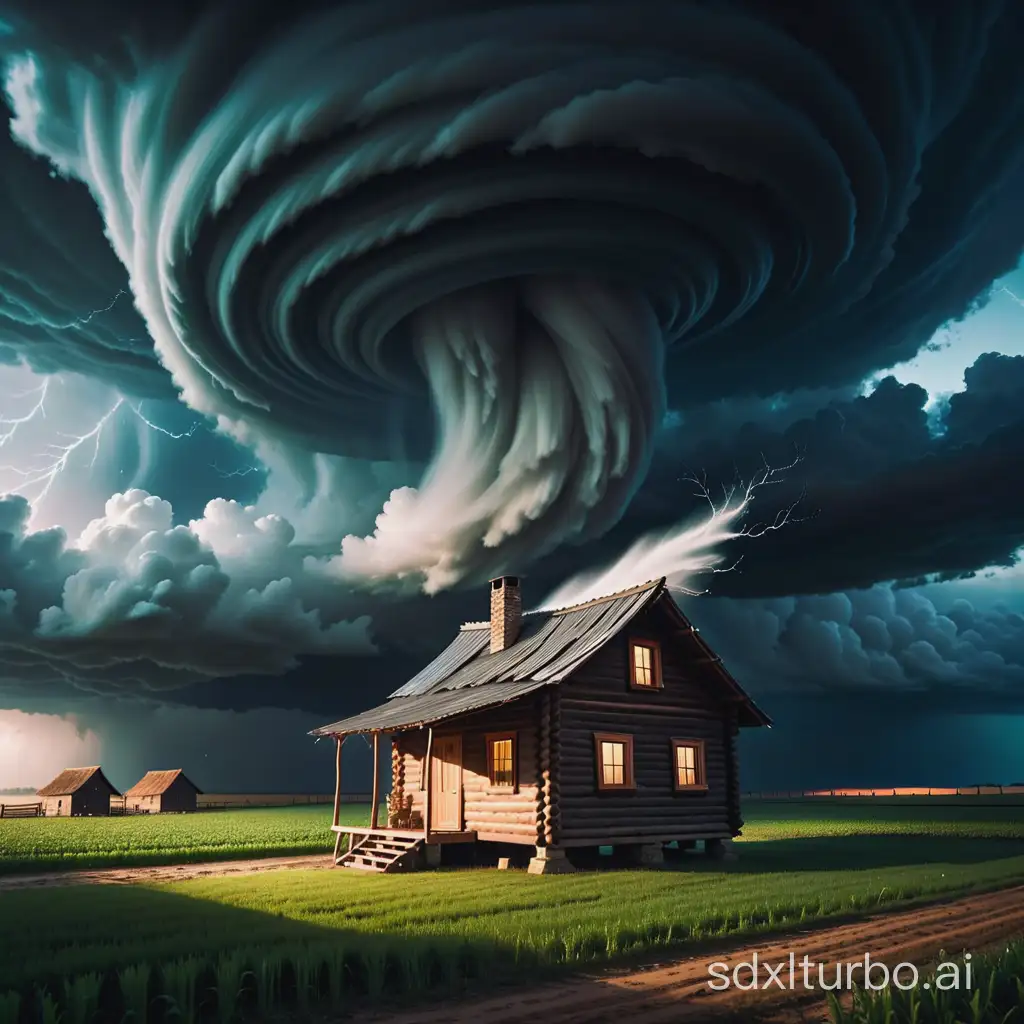

Related Tags
Prompt Analyze
- Subject: Deities and Characters - The illustrations should depict prominent gods, goddesses, and heroes from various mythologies, such as Zeus, Athena, Thor, Odin, Anubis, and others. Each character should be portrayed in a manner that reflects their attributes, powers, and stories within their respective mythos. Setting and Background: The scenes should be set in appropriate ancient cultural environments, such as Mount Olympus for Greek deities, Valhalla for Norse figures, or the Egyptian afterlife for Egyptian gods. The backgrounds should include iconic elements from these realms, like pillars and temples for Greek settings, rugged landscapes and longboats for Norse, and pyramids and deserts for Egyptian backdrops. Style: The artwork should have a dramatic and epic feel, capturing the grandeur and mystique of ancient mythologies. The style could be a blend of traditional painting techniques with modern digital enhancements to create a visually striking and immersive experience. Coloring: Use of colors should be vibrant and symbolic, with each hue representing the essence of the character or story. For example, gold and blue for divine Greek gods, earthy tones for Norse warriors, and rich, warm colors for Egyptian deities. The contrast between light and shadow can be used to emphasize the drama and depth of the scenes. Action or Items: Illustrations should capture key moments or artifacts from the myths, such as the battle of the gods, the creation myths, or the trials faced by heroes. Items like Thor's hammer, Mjolnir, or the Greek hero's shield and sword should be included where relevant. Costume or Appearance: Characters should be dressed in traditional attire or armor that is associated with their culture and story. Attention to detail in the design of their clothing, armor, and accessories will add authenticity and visual interest to the illustrations. Accessories: Additional elements like divine animals, like Zeus's eagle or Thor's goats, or symbolic items like the Eye of Horus from Egyptian mythology, should be incorporated to enrich the narrative and cultural context of the illustrations.